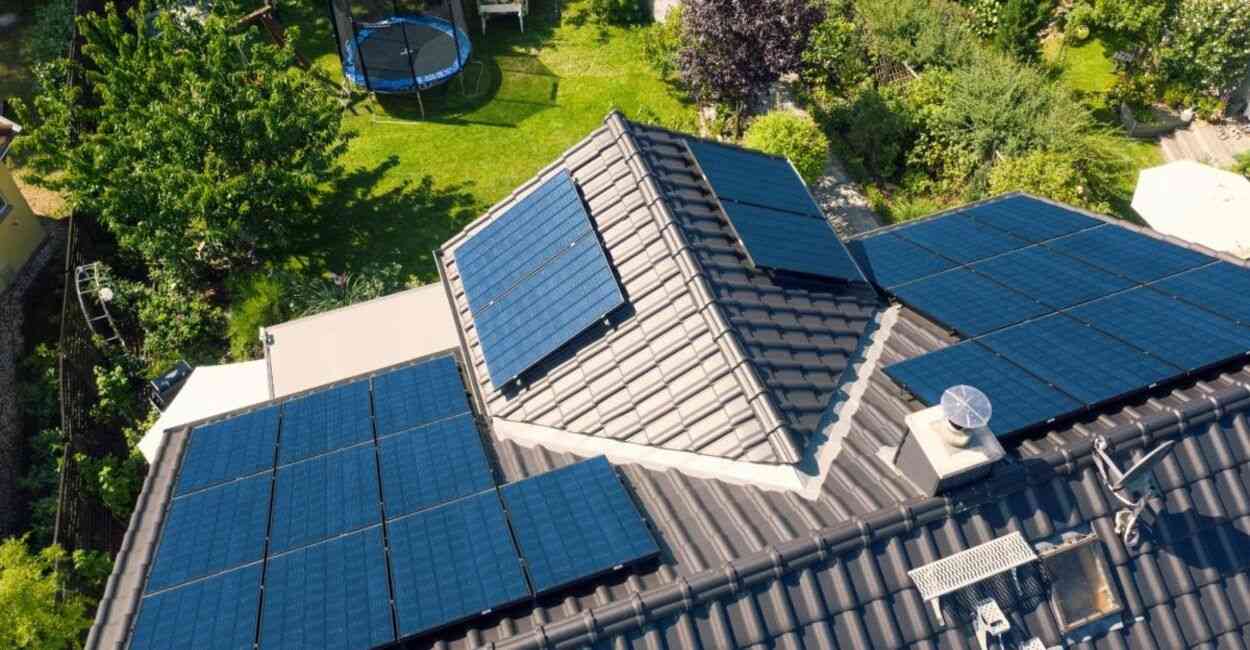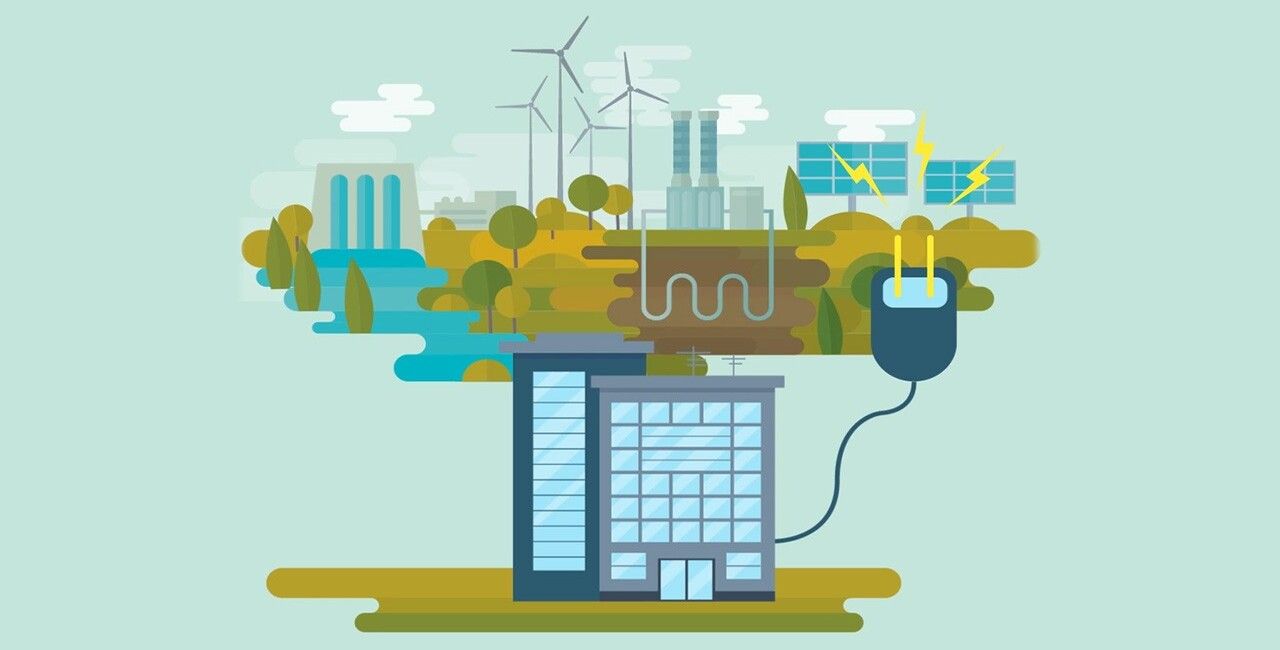What Are 3 Drawbacks To Storing Solar Energy In Batteries?

As the world seeks alternatives to traditional fossil fuels, solar power has gained significant traction due to its abundance, accessibility, and environmental benefits. However, one of the key challenges associated with solar energy is its intermittency – the sun doesn't shine 24/7, and energy production fluctuates based on weather conditions and time of day.
This is where solar energy storage becomes crucial. The ability to store excess energy generated during peak sunlight hours and utilize it during periods of low sunlight or at night is a game-changer in maximizing the efficiency and reliability of solar power systems. Energy storage technology bridges the gap between energy production and demand, ensuring a more stable and consistent power supply.
Furthermore, solar energy storage is not just about convenience or efficiency; it plays a vital role in the overall energy landscape. It reduces dependence on fossil fuels, contributes to grid stability, and empowers individuals, businesses, and communities to harness clean energy on their terms.
In this context, understanding the drawbacks and challenges associated with storing solar energy, particularly in batteries, is essential for evaluating the overall effectiveness and sustainability of solar power solutions. This article delves into three significant drawbacks of storing solar energy in batteries and explores alternative storage options and future prospects in the evolving field of sustainable energy storage.
Benefits of Solar Energy Storage
Storing solar energy offers a multitude of advantages that contribute to a more resilient and sustainable energy ecosystem. Here are four key benefits:
- Reduced Reliance On Grid Power: Storing solar energy allows individuals and businesses to reduce their dependence on the traditional grid. By storing excess energy generated during sunny periods, users can draw from their stored reserves when sunlight is limited or during peak demand hours. This reduces the strain on the grid, especially during times of high energy consumption, and can lead to lower electricity costs for consumers.
- Backup Power During Outages: One of the significant advantages of solar energy storage is its ability to provide backup power during grid outages. In areas prone to power disruptions due to storms, natural disasters, or grid failures, having stored solar energy can ensure continuous electricity supply for critical systems such as lighting, refrigeration, communication devices, and medical equipment. This enhances resilience and safety, especially in emergency situations.
- Facilitates Energy Independence: Solar energy storage promotes energy independence by allowing individuals and communities to generate, store, and use their electricity on-site. This is particularly beneficial for remote areas or regions with unreliable grid infrastructure. By harnessing solar power and storing excess energy, users can become less reliant on external energy sources, reduce their carbon footprint, and have greater control over their energy consumption and costs.
- Enables Off-Grid Living: For those seeking a more self-sufficient and sustainable lifestyle, solar energy storage enables off-grid living. Off-grid systems combine solar panels with energy storage solutions like batteries, allowing individuals or communities to meet their electricity needs independently of the utility grid. This is especially popular in rural areas or eco-friendly communities where connecting to the grid may be impractical or costly. Off-grid living promotes environmental sustainability and autonomy in energy management.
Top 3 Drawbacks of Storing Solar Energy in Batteries

While storing solar energy in batteries offers numerous advantages, it also comes with several drawbacks that need to be considered. Here are three significant drawbacks of storing solar energy in batteries:
Initial Cost:
- High upfront investment: The initial cost of purchasing batteries for solar energy storage can be substantial. Quality batteries designed for solar applications can be expensive, especially for larger storage capacities needed to support residential or commercial energy demands.
- Installation expenses: In addition to the cost of batteries themselves, there are installation expenses involved in integrating battery storage systems with existing solar power setups. This includes labor costs, electrical components, and system design considerations, all of which contribute to the overall initial investment.
Limited Lifespan:
- Battery degradation over time: All batteries experience degradation over time, which reduces their storage capacity and overall performance. This degradation is influenced by factors such as usage patterns, temperature fluctuations, and the type of battery chemistry used. As batteries age, their ability to hold a charge diminishes, requiring more frequent recharging.
- Replacement and maintenance costs: Due to the limited lifespan of batteries, they will eventually need to be replaced, adding to the long-term costs of solar energy storage systems. Additionally, regular maintenance is required to ensure optimal performance and prolong battery life, which incurs ongoing expenses.
Environmental Impact:
- Manufacturing challenges: The production of batteries, especially those used for solar energy storage, involves complex manufacturing processes that can have environmental impacts. These processes may consume resources, generate emissions, and contribute to pollution if not managed responsibly.
- Disposal concerns: At the end of their lifespan, batteries pose disposal challenges due to their chemical composition and potential environmental hazards. Improper disposal can lead to soil and water contamination, as well as health risks for humans and wildlife. Proper battery recycling and disposal practices are essential but can be costly and complex to implement on a large scale.
Despite these drawbacks, ongoing advancements in battery technology, recycling efforts, and sustainable manufacturing practices are aimed at mitigating these concerns and improving the overall sustainability of solar energy storage systems. It's important for consumers and industry stakeholders to weigh these drawbacks against the benefits when considering solar energy storage solutions.
Alternatives to Battery Storage

When it comes to storing solar energy, batteries are not the only option available. Several alternative storage technologies offer unique advantages and can complement or even replace traditional battery storage. Here are five alternatives to battery storage for solar energy:
Grid-tied systems:
Grid-tied solar systems, also known as grid-connected or grid-interconnected systems, allow users to generate electricity from solar panels and feed excess power back into the grid. Instead of storing energy in batteries, this approach relies on the grid as a virtual storage system. When solar production exceeds demand, the surplus electricity is exported to the grid, and users receive credits or compensation for the exported energy. During periods of low solar production or high demand, users can draw electricity from the grid. Grid-tied systems are cost-effective and eliminate the need for expensive battery storage, making them a popular choice for many solar installations.
Pumped hydro storage:
Pumped hydro storage is a well-established technology for energy storage. It involves using surplus electricity from solar or other sources to pump water from a lower reservoir to a higher reservoir. When electricity is needed, the water is released back to the lower reservoir, passing through turbines to generate electricity. Pumped hydro storage offers large-scale storage capacity, fast response times, and long-duration storage capabilities, making it suitable for grid-scale renewable energy integration.
Thermal storage:
Thermal energy storage systems store solar energy in the form of heat. Solar thermal collectors capture sunlight and convert it into heat, which is then stored in a medium such as molten salt, hot water, or phase-change materials. This stored heat can be used later to generate electricity through steam turbines or for heating applications. Thermal storage systems are particularly effective for applications that require heat energy, such as industrial processes, space heating, and hot water production.
Flywheel energy storage:
Flywheel energy storage systems store kinetic energy in a spinning rotor (flywheel) and convert it back to electricity when needed. During periods of excess solar energy, the flywheel accelerates, storing energy in its rotational motion. When electricity demand increases or solar production decreases, the flywheel decelerates, converting its kinetic energy back into electrical energy. Flywheel energy storage offers high efficiency, rapid response times, and long cycle life, making it suitable for applications that require short-duration energy storage and frequency regulation.
Hydrogen storage:
Hydrogen storage involves using surplus electricity from solar or other renewable sources to electrolyze water and produce hydrogen gas. The hydrogen can then be stored in tanks or other storage systems and used later as a fuel for power generation, transportation, or industrial processes. Hydrogen storage offers high energy density, long-term storage capabilities, and versatility in its use across various sectors. However, challenges such as hydrogen production costs, storage infrastructure, and safety considerations need to be addressed for widespread adoption.
These alternative storage technologies complement battery storage and offer diverse solutions for different energy storage needs, scalability requirements, and application scenarios. Integrating a combination of these technologies can enhance the reliability, flexibility, and sustainability of solar energy systems.
Conclusion
The drawbacks associated with storing solar energy in batteries, such as high initial costs, limited lifespan, and environmental concerns, highlight the need for exploring alternative storage technologies. Grid-tied systems, pumped hydro storage, thermal storage, flywheel energy storage, and hydrogen storage offer viable solutions that address specific challenges and complement battery storage where applicable.
While batteries remain a prominent choice for solar energy storage, especially in smaller-scale applications and off-grid scenarios, the evolving landscape of solar energy storage emphasizes the importance of diversifying storage options. Each alternative technology brings unique benefits, whether it's grid integration, large-scale storage capacity, heat retention, rapid response times, or versatile fuel generation.
Ultimately, the goal is to create a more resilient, efficient, and sustainable energy infrastructure that reduces reliance on fossil fuels, mitigates environmental impacts, and empowers individuals, businesses, and communities to harness the full potential of solar power. By embracing a diverse range of storage options and embracing the evolving landscape of solar energy storage, we can pave the way for a cleaner, greener energy future.

